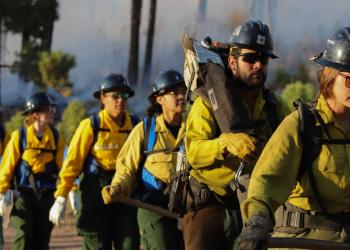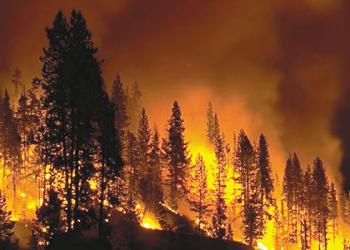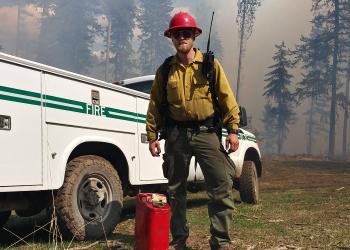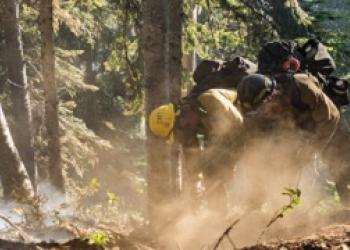Management
Wildland fires are a force of nature; they are difficult to prevent and even more challenging to control.
Wildland fire can be a friend and a foe. Under ideal conditions, wildland fire can encourage environmental benefits such as reducing fuel for large and severe wildfires and improve wildlife habitat. Wildfires can also wreak havoc, threatening lives, homes, communities, and resources.
The Forest Service has been managing wildland fire on National Forests and Grasslands for more than 100 years. But the Forest Service doesn’t – and can’t – do it alone. Instead, the agency works closely with other federal, tribal, state, and local partners.
This is more important than ever because over the last few decades, the wildland fire management environment has profoundly changed. Longer fire seasons, larger fires and more acres burned on average each year, more extreme fire behavior, and wildfire suppression operations in the wildland urban interface (WUI) have become the norm.
To address these challenges, the Forest Service and its other federal, tribal, state, and local partners have developed and are implementing a National Cohesive Wildland Fire Management Strategy that has three key components: Resilient Landscapes, Fire Adapted Communities, and Safe and Effective Wildfire Response.











